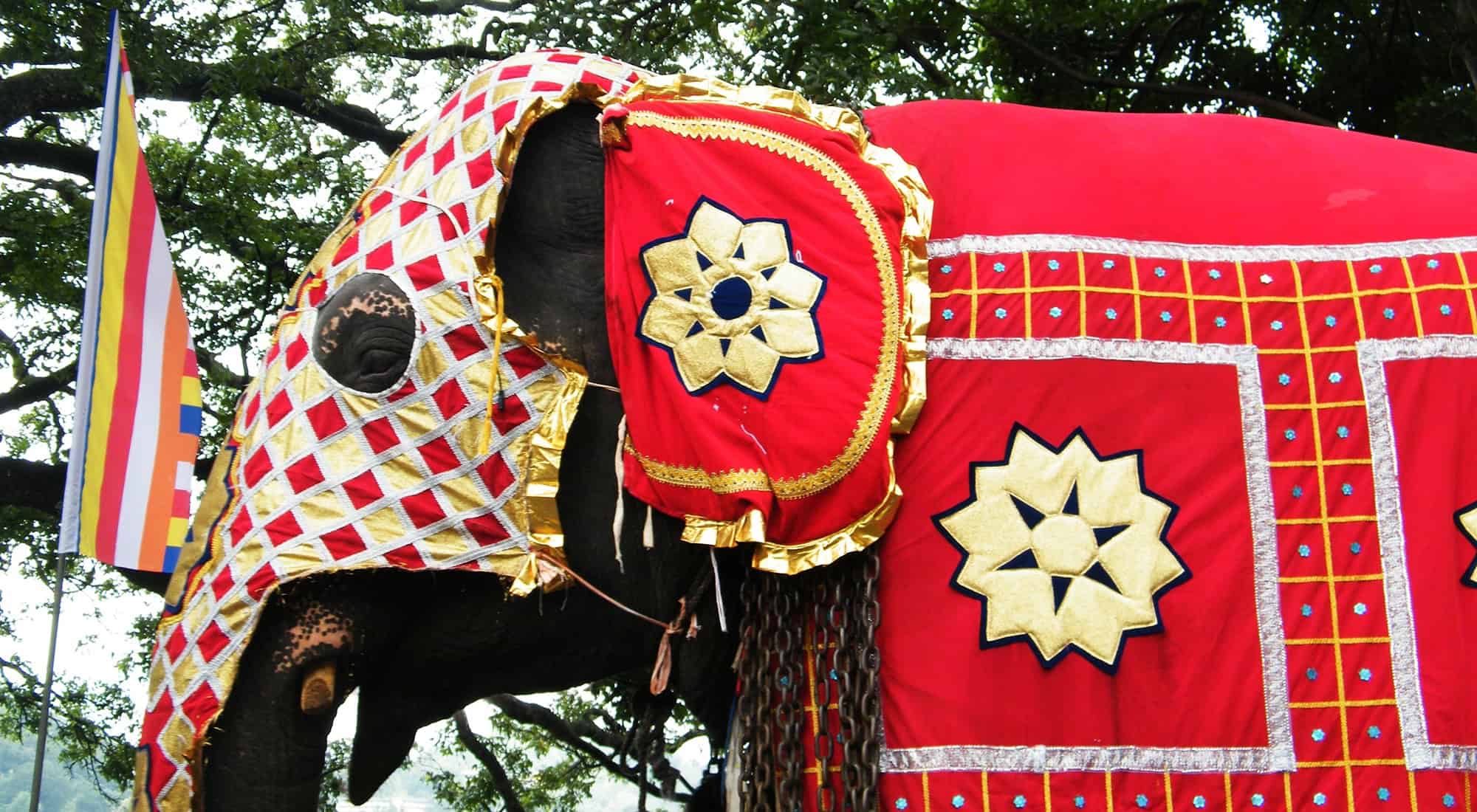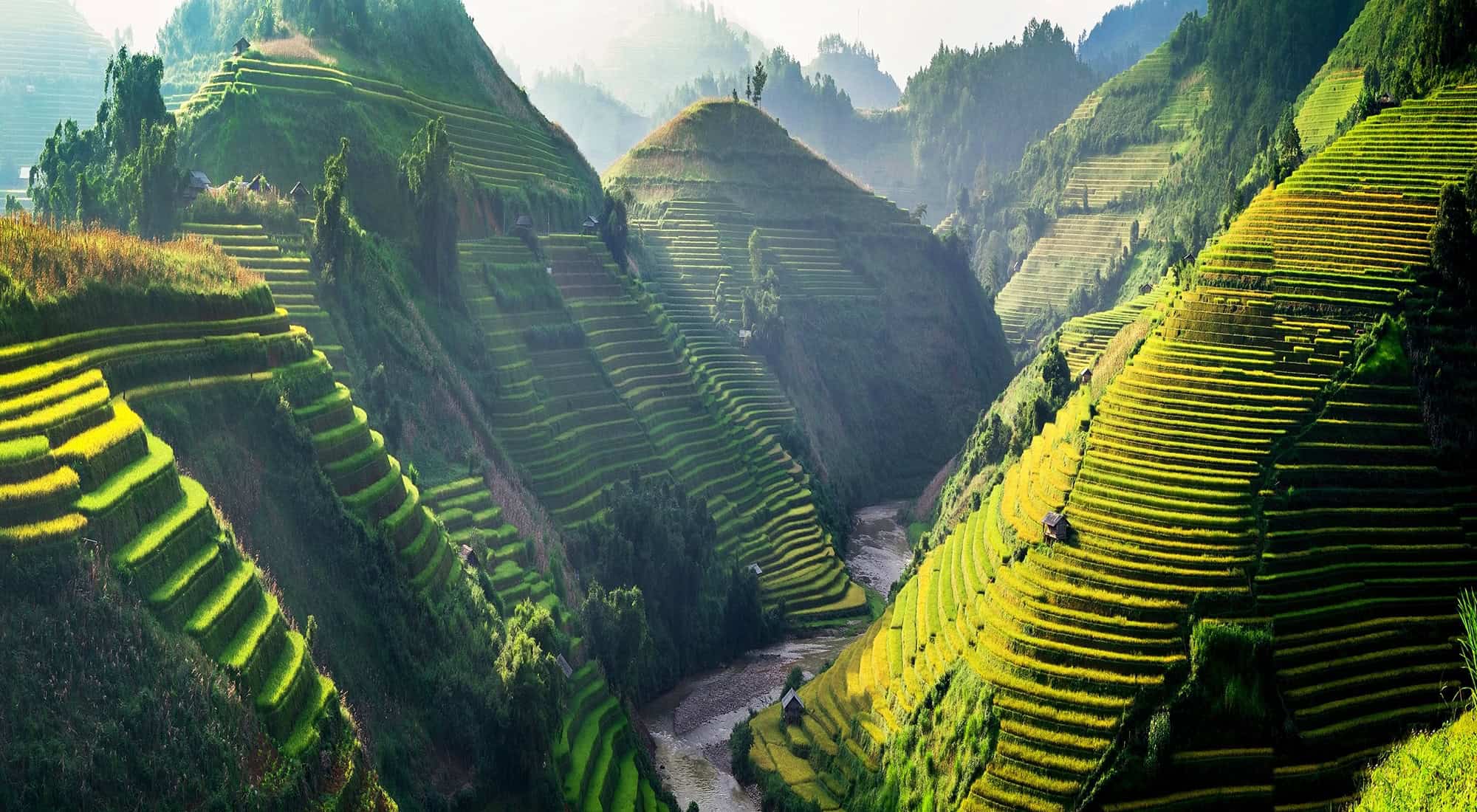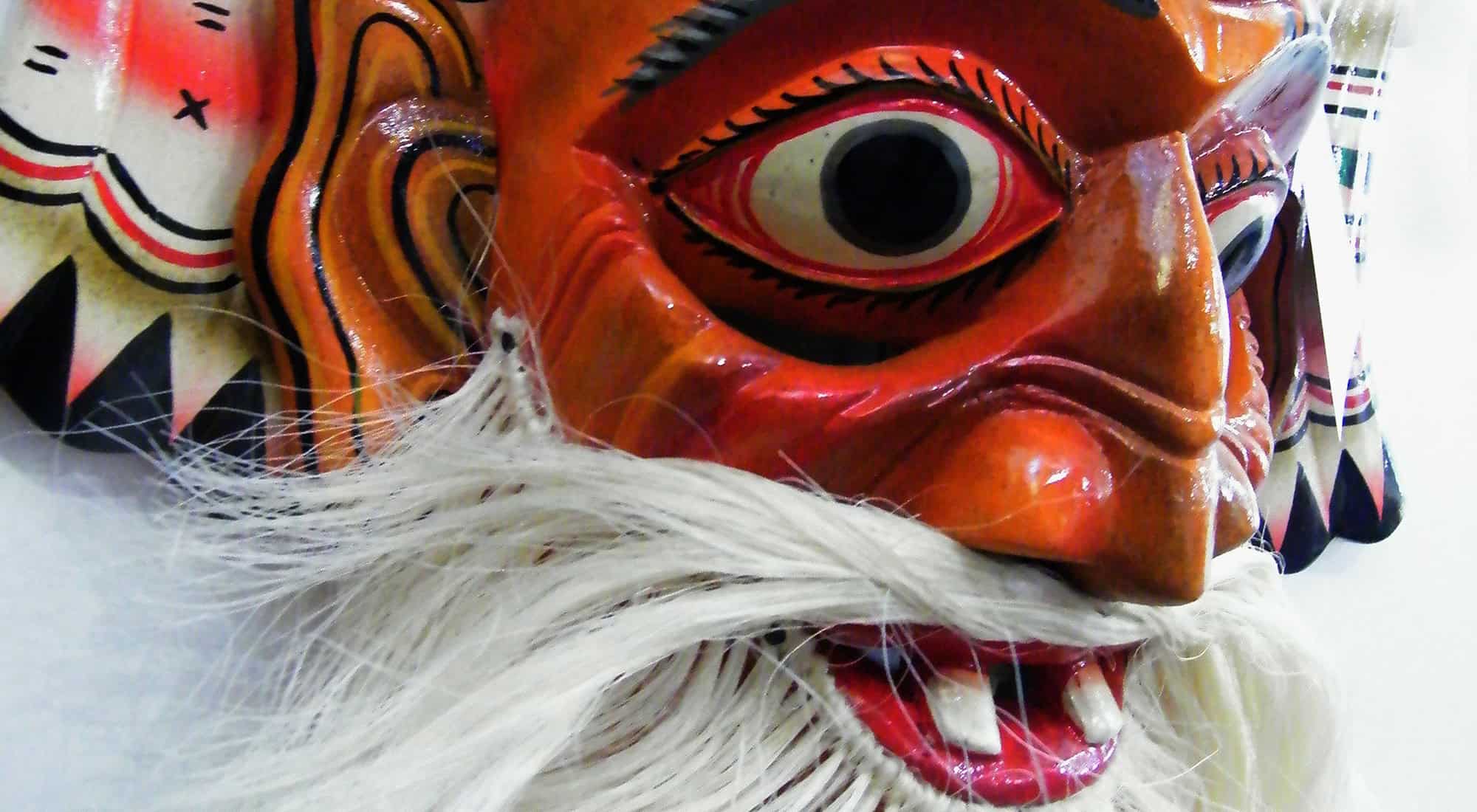Esala Perahera (procession), Sri Lanka’s greatest festival, is of special significance. It is held in the lunar month of Esala (named after the Cassia fistula which blossoms at this time) in which the Buddha was conceived and in which he left his father’s home.
It has also long been associated with rituals to ensure renewed fertility for the year ahead. The last Kandyan kings turned the Perahera into a mechanism for reinforcing their own power, trying to identify themselves with the gods who needed to be appeased. By focusing on the Tooth Relic, the Tamil kings hoped to establish their own authority and their divine legitimacy within the Buddhist community. The Sri Lankan historian Seneviratne has suggested that fear both of the king and of divine retribution encouraged nobles and peasants alike to come to the Perahera, and witnessing the scale of the spectacle reinforced their loyalty. In 1922, DH Lawrence described his experience as “wonderful – midnight – huge elephants, great flares of coconut torches, princes… tom-toms and savage music and devil dances . . . black eyes . . . of the dancers”.
Today the festival is a magnificent 10-day spectacle of elephants, drummers, dancers, chieftains, acrobats, whip-crackers, torch bearers and tens of thousands of pilgrims in procession. Buddhists are drawn to the temple by the power of the Tooth Relic rather than by that of the King’s authority. The power of the Relic certainly long preceded that of the Kandyan dynasty. Fa Hien described the annual festival in Anuradhapura in AD 399, which even then was a lavish procession in which roads were vividly decorated, elephants covered in jewels and flowers, and models of figures such as Bodhisattvas were paraded. When the tooth was moved to Kandy, the Perahera moved with it.
Following the Tree Planting Ceremony (Kap), the first five days, Kumbal Perahera, are celebrated within the grounds of the four devalas (temples) – Natha, Vishnu, Skanda and Pattini. The next five days are Randoli Perahera. Torch light processions set off from the temples, and the Tooth Relic Casket is carried by the Maligawa Tusker accompanied by magnificently robed temple custodians. Every night the procession grows, moving from the Temple of the Tooth, along Dalada Veediya and DS Senanayake Mawatha to the Adahanamaluwa, where the relic casket is left in the keeping of the temple trustees. The separate temple processions return to their temples, coming out in the early morning for the water cutting ceremony. Originally, the temple guardians went to the lake with golden water pots to empty water collected the previous year. They would then be refilled and taken back to the temple for the following year, symbolizing the fertility protected by the gods. On the 11th day, a daylight procession accompanied the return of the Relic to the Temple. The Day Perahera continues, but today the Tooth Relic itself is no longer taken out. You don’t necessarily need to buy tickets to watch the processions since you can get good views by standing along the street. A good vantage point is opposite or near to the Queens Hotel as much of that area is slightly better lit (the Presidential vantage point is somewhere nearby) allowing for slightly better photography.










